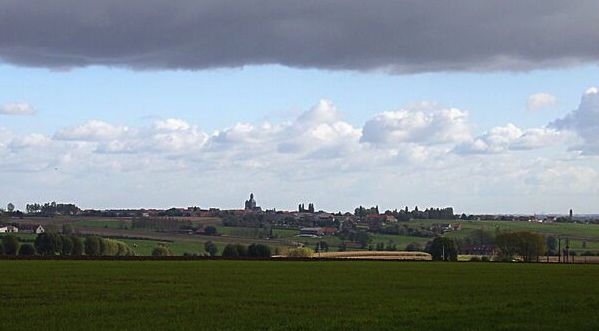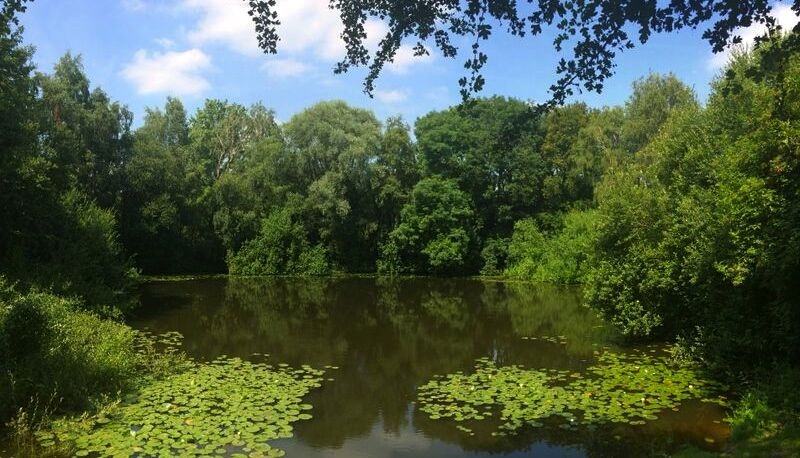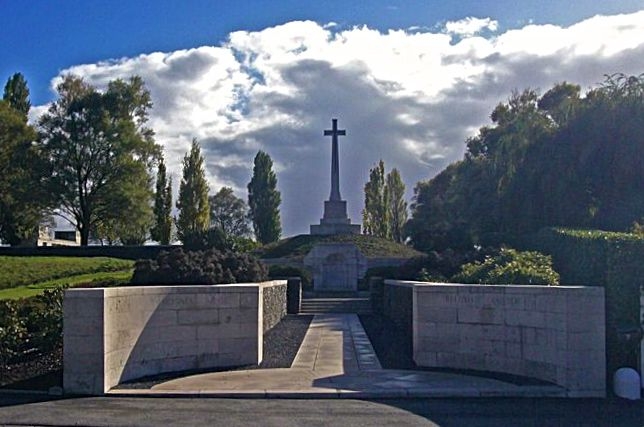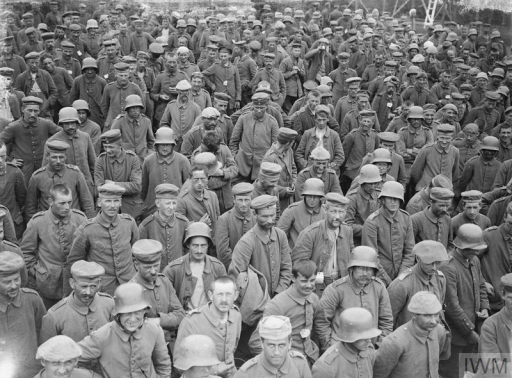The capture of Messines Ridge by Allied forces was a dramatic prelude to the British-led Flanders offensive of 1917.
In the early hours of June 7, explosives were detonated in 19 mines tunnelled beneath German lines south of Ypres in Belgium.
Stunned by the massive blasts, and suffering heavy casualties, the Germans were unable to withstand the ensuing Allied assault.
British, Irish, Australian and New Zealand troops advanced under the protection of artillery fire, consolidating their hold on Messines Ridge within a week.
The victory was a notable first step in plans to break out of the Ypres salient, a bulge in the Western Front defended by the Allies since the opening months of the First World War in 1914.
 View of Messines Ridge (Photo: Centenary News)
View of Messines Ridge (Photo: Centenary News)
Messines was among crests of higher ground occupied by the Germans, giving them a commanding position over the flatlands of the salient.
Field Marshal Sir Douglas Haig, the British Commander-in-Chief, promoted his plans for a Flanders campaign after the collapse of the French offensive on the Chemin des Dames in April 1917.
His objectives were ambitious – to capture the Belgian coast and deny German U-boats use of the harbours at Ostend and Zeebrugge.
Buoyed by the success at Messines, and despite the reservations of British Prime Minister David Lloyd George, Haig won approval for the operation.
His ill-fated offensive opened on 31 July 1917 with attacks on other German positions ringing the Ypres salient.
Lasting three months, it became known as the Third Battle of Ypres, or Passchendaele from its closing phases.
What started promisingly for the Allies at Messines ended with gains of only a few miles in the mud of Flanders, and losses of more than 500,000 troops on all sides.

Spanbroekmolen Crater is the site of the largest Messines mine explosion. Now filled with water, it’s preserved as a memorial called the ‘Pool of Peace’. The site has been owned by Toc H in Poperinge since the 1920s (Photo: Centenary News)
Battle of Messines Centenary commemorations taking place today, 7 June 2017
Britain, Ireland, Australia and New Zealand are all holding events in and around present-day Mesen (Messines).
The Battle of Messines marked the first time that soldiers of British Army’s 36th (Ulster) and 16th (Irish) Divisions fought alongside each other during the Great War.
Britain and Ireland will pay joint tribute to the troops from nationalist and unionist traditions during a ceremony at the Island of Ireland Peace Park – admission is restricted to ticket holders.
New Zealand is holding two ceremonies – a national commemoration at Messines Ridge British Cemetery, and a sunset ceremony at the New Zealand Battle Memorial.
The focus for Australian remembrance is the Strand Military Cemetery, in nearby Ploegsteert.
‘Victory Medal’ – a memorial sculpture by New Zealand artist Helen Pollock – is being unveiled in the Town Square, Mesen. It will remain there throughout the 2017 Flanders battle centenaries.
 Messines British Cemetery, with the New Zealand Memorial to the Missing surmounted by the Cross of Sacrifice (Photo: Centenary News)
Messines British Cemetery, with the New Zealand Memorial to the Missing surmounted by the Cross of Sacrifice (Photo: Centenary News)
Sources: Wikipedia/various
Archives images courtesy of Imperial War Museums © IWM (Q 2281); present-day images, Centenary News
Posted by: CN Editorial Team
